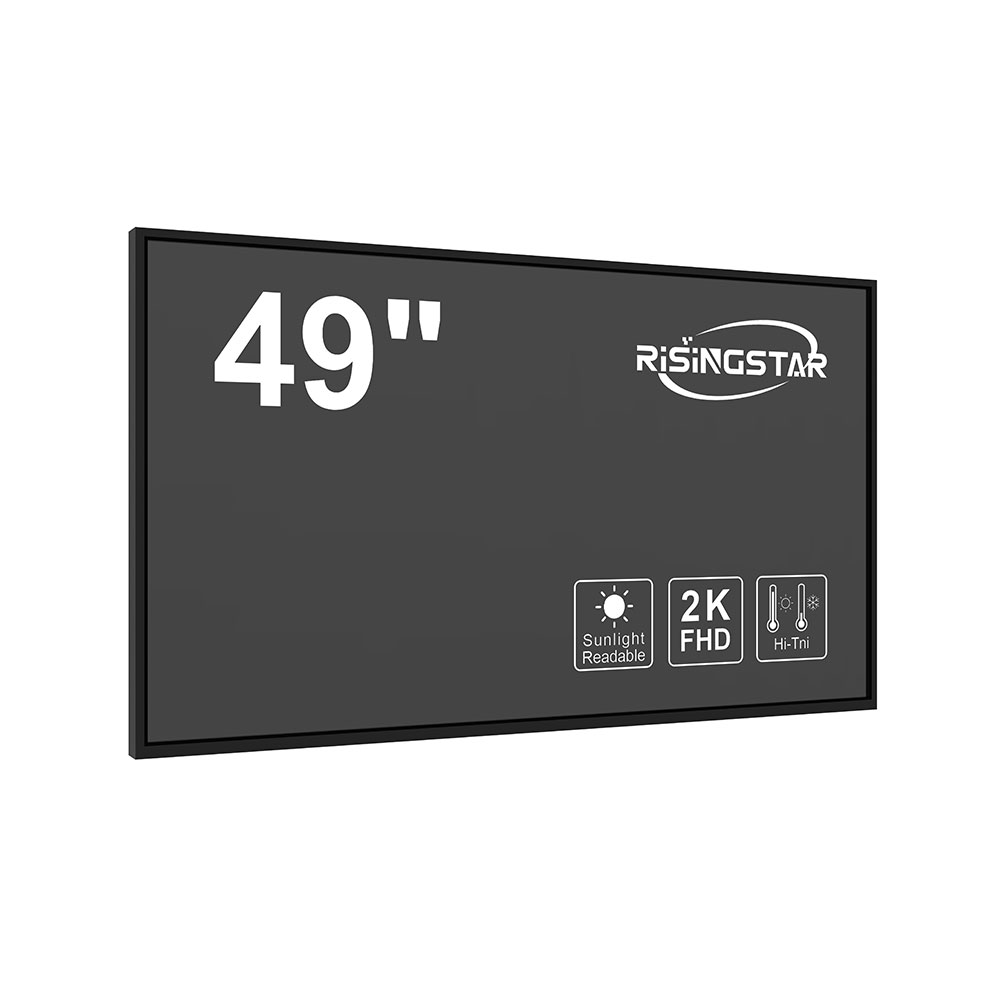Designing and deploying sunlight readable high brightness LCD screens is a critical task in modern display engineering, particularly for outdoor and industrial applications. These displays must maintain clarity and functionality under intense ambient light conditions—ranging from direct sunlight to harsh artificial lighting environments. A key metric in this domain is luminance, with industry standards often requiring at least 5000 nits for full sunlight readability. This level of brightness ensures that the screen remains legible even when exposed to solar irradiance exceeding 100,000 lux.
To achieve such performance, manufacturers utilize advanced backlight technologies such as LED arrays with optical films and diffusers optimized for high contrast ratios. For instance, the use of high-efficiency phosphor-converted LEDs (pc-LEDs) not only increases luminance but also improves color accuracy and reduces power consumption. Additionally, anti-glare coatings and polarized glass layers minimize reflections, ensuring that users can read information without squinting or adjusting angles—a crucial factor for safety-critical applications like aviation, military vehicles, and construction equipment.
Case studies from leading display manufacturers such as LG Display, Sharp, and Panasonic show that integrating local dimming control and adaptive brightness algorithms significantly enhances both energy efficiency and user experience. In one field test conducted by a European automotive OEM, a sunlight-readable LCD installed in a vehicle’s dashboard maintained clear visibility across multiple temperature ranges—from -30°C to +70°C—while consuming 20% less power than conventional high-brightness panels.
Moreover, compliance with international standards such as MIL-STD-810G (for ruggedization) and IEC 60068-2 (for environmental testing) is essential for reliability in extreme climates. These certifications ensure that the display can withstand shock, vibration, humidity, and thermal cycling without degradation in image quality.

For developers and system integrators, selecting the right LCD module involves evaluating not only brightness but also viewing angle, response time, and touch interface compatibility. Modern solutions now include capacitive touch overlays with glove-friendly sensitivity and IP65-rated enclosures for dust and water resistance.

In summary, sunlight readable high brightness LCD screens are no longer niche components—they are mission-critical elements in industries where visual clarity directly impacts operational safety, productivity, and user satisfaction. With ongoing innovations in materials science, optics, and embedded intelligence, these displays continue to push the boundaries of what is possible in harsh-environment visualization.








